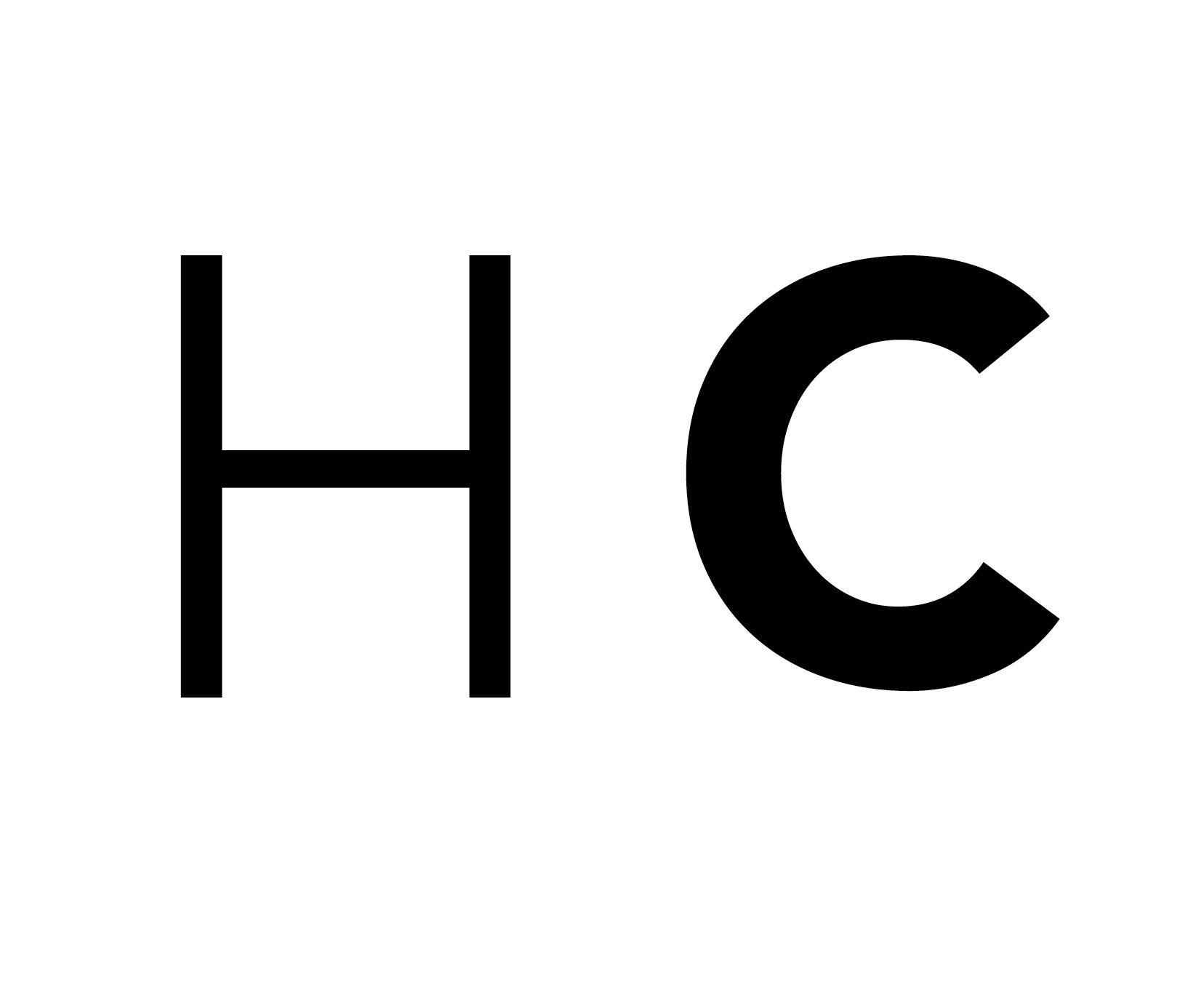Team Agreements.
Creating the results you’re after.
By aligning on expectations as a team.
watch a summary
What all high performing teams share is a solid agreement on how everyone agrees to show up.
Studies have discovered that teams who have a clear, productive way of working together, perform better. In an analysis of 180 high & low performing teams, Google discovered the ‘norms’ of a group had greater influence than one performer.
And when we look at the best teams in the world, we see they all have a way of organising themselves to achieve a result.
What is a team agreement, exactly?
It’s a ‘ways of working’ agreement that makes explicit what the boss expects and needs, to achieve a certain result. This typically covers how people communicate, share results and collaborate.
It can be as formal as a framed guide, a powerpoint slide in internal meetings, a written agreement or as informal as a verbal agreement or understanding.
For example, the rugby team the All Blacks have a set of leadership principles. And SaaS company Atlassian prioritises this, too.
Why does it work?
When a group of people are crystal clear on what’s expected of them, they’re more likely to perform. When we have clarity on how to behave, when to expect feedback, and are given permission to challenge things, we increase positive intent.
When people are given explicit guidance on why you work a certain way, and how that helps you achieve a goal, they will more likely see how it benefits them and their goals.
Without an agreement, you’re hoping for results.
An agreement creates those results.
Instead of waiting and hoping for people to perform a certain way, an agreement gets everyone on the same page, makes it explicit what the expectations are and gives you a solid foundation for growth and feedback conversations.
This way you’re creating a system of things your team does consistently that means you are more likely to achieve your goals, regardless of whether it’s a good day or a tricky one.
How do I create one for my team?
You can create the agreement as a team or prepare a short list of desired behaviours and share them with your team for their input and as you work together, discover what works best and document as you go.
The tool we use and teach at Happiness Concierge to get people thinking about what goes into that list is based on the four things that influence how people behave in a group.
We call this the SBCR Model:
Systems (e.g. cadence of meetings, reporting systems, status updates)
Behaviours (e.g. giving feedback, speaking up when things go wrong)
Communications (e.g. weekly updates, how direct we are with each other)
Relationships (e.g. what stakeholders influence your success at work).
Here’s an example in action.
Here are four non-negotiables in our ways of working agreement at Happiness Concierge:
Clients get the best of us: this means we respond to clients within 24 working hours.
Push reporting: present your work in progress to the boss for feedback.
Critique the work: not the person and certainly not the effort.
Fail privately: do what you need to do behind the scenes to be confident in public.
These systems influence how we communicate, how we collaborate and how we work.
Other tools we’ve taught at organisations with different team dynamics have included:
Ok vs not ok: It asks people to share what is ok vs not ok at work, with examples. This helps people slowly, over time, become explicit about what they need to show up at work. A great tool to facilitate giving better feedback to each other.
We agree to: this is being super explicit about how we agree to do things that are hard. These include giving feedback, asking for help and when we’re online.
Manifesto: some teams love writing a Manifesto as it’s creative and a call to arms! Creative teams especially have fun with this one. Prompters we use are, ‘In this team we exist to … Failure to us is … ___ matters to us … we are not afraid to…..’.
Whichever format you prefer, the non-negotiable is that it is explicit about how you work together, how people can expect to be treated and how this drives results.
Before you start, clarify the end goal.
Knowing the results you are responsible for helps you reverse engineer a team agreement enormously. If you’re also wondering why your team isn’t shining as brightly as you would like, this is a great catch-all step.
Quantify what success looks like and then share that with your team.
For example, are you responsible for:
A sales target?
Happy customers?
Satisfied employees?
Quality control?
Brand reputation?
Then ask:
Is your team clear on that as the expectation?
Do people know what’s expected of them personally from a results perspective?
If not, what could you do more frequently to show that?
Once it’s clear to your team what’s expected of them, you can then think about how you want to work together to get those results.
The secret to creating a culture of high performance.
It happens by design. Bring this training to your workplace for your senior leaders to co-create a team agreement they own and use as the foundation for high performance. Learn more.



